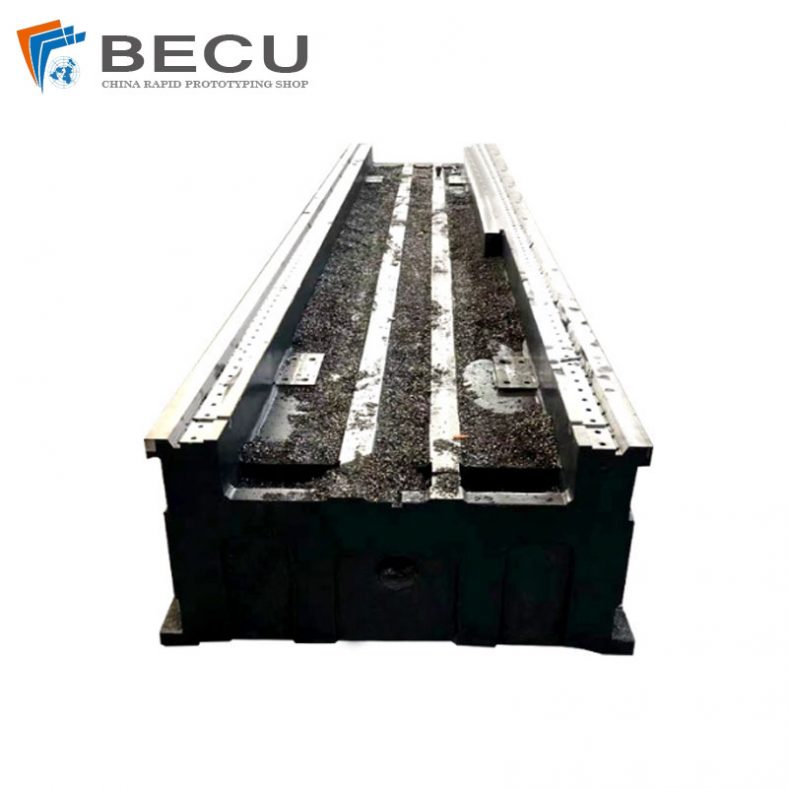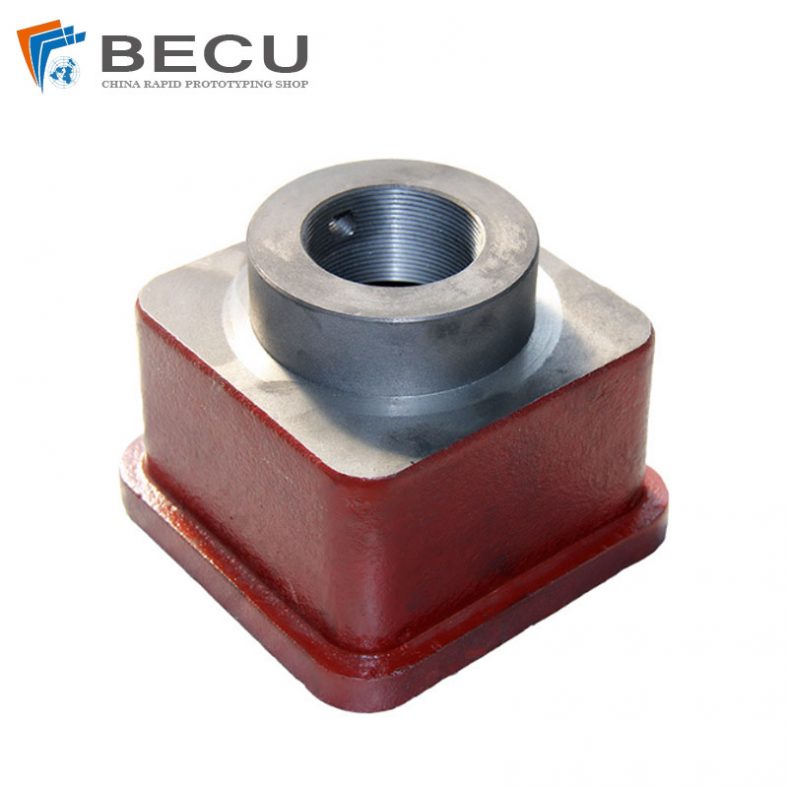Ductile iron, also known as nodular cast iron or spheroidal graphite iron, has gained immense popularity in various industries due to its exceptional mechanical properties, versatility, and cost-effectiveness. The production of ductile iron involves several essential steps, with smelting and pouring being pivotal stages that significantly impact the final product’s quality. In this comprehensive article, we will delve deep into three primary smelting and pouring schemes for ductile iron production, exploring their processes, advantages, limitations, and their role in shaping modern manufacturing.
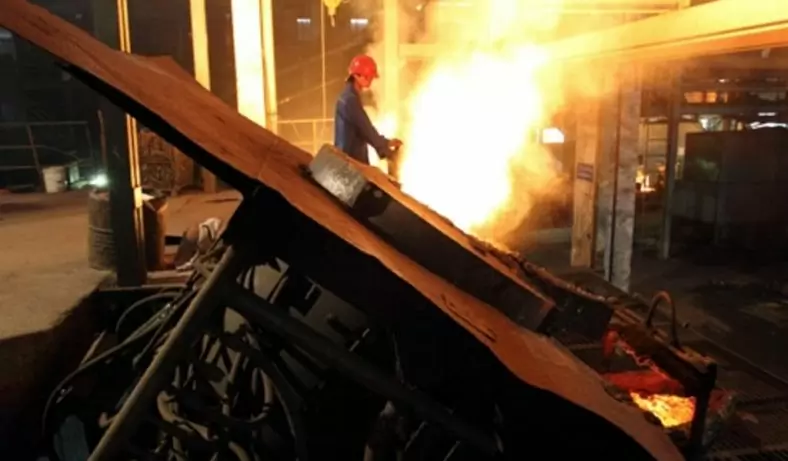
Induction Furnace Smelting and Bottom Pouring Scheme
The induction furnace smelting and bottom pouring scheme represent a widely adopted method for ductile iron machining and production, known for its efficiency and precision. This process involves the use of an induction furnace, which utilizes electromagnetic induction to heat the iron charge and additives to the required temperature for melting and alloying. The molten metal is then transferred to a ladle equipped with a bottom stopper mechanism for controlled pouring.
Process:
- Charging: The process commences with the charging of scrap iron, pig iron, and other alloying materials into the induction furnace. As an alternating magnetic field is generated by the furnace, it induces electrical currents within the metal, facilitating rapid and efficient heating.
- Melting: The induced electrical currents heat the materials to their melting point, resulting in the formation of a pool of molten metal. The electromagnetic stirring induced by the field further aids in homogenizing the composition.
- Alloying: Alloying elements, such as magnesium, are introduced to the molten metal. These elements play a crucial role in promoting the formation of graphite nodules during solidification, which imparts ductility to the iron.
- Transfer: The molten metal is then transferred to a ladle equipped with a bottom stopper mechanism. This mechanism allows for precise control over the pouring process, minimizing turbulence and impurities during pouring.
Advantages:
- Efficient Heating: The electromagnetic induction process facilitates rapid and efficient heating of the materials, saving time and energy.
- Uniform Composition: The induced stirring ensures a consistent composition throughout the molten metal.
- Controlled Pouring: The bottom stopper mechanism offers precise control over the pouring process, resulting in reduced turbulence and enhanced product quality.
- Versatility: This scheme is suitable for both small and large-scale production, offering flexibility to manufacturers.
Limitations:
- Initial Setup Costs: The establishment of the required infrastructure, including the induction furnace and associated equipment, can involve relatively high initial costs.
- Energy Losses: Some energy losses occur due to heat radiation during the smelting process.
- Limited Slag Control: Compared to other methods, controlling the composition of slag can be challenging.
Cupola Furnace Smelting and Tilt-Pouring Scheme
The cupola furnace smelting and tilt-pouring scheme stand as a traditional and straightforward method for ductile iron production. Widely appreciated for its simplicity and cost-effectiveness, this scheme involves the use of a cupola furnace to accomplish smelting.
Process:
- Charging: The process begins with the charging of the cupola furnace with a mixture of iron scrap, pig iron, and coke. Air is then blown through the furnace, igniting the coke and generating high temperatures.
- Melting and Alloying: As the coke burns, it generates heat, which melts the iron charge. Alloying elements are introduced through the coke charge or directly added to the furnace to achieve the desired properties in the final ductile iron.
- Transfer: Once the molten metal reaches the desired composition and temperature, the cupola furnace is tilted. This tilting action facilitates the flow of molten metal into ladles for controlled pouring.
Advantages:
- Simplicity: The cupola furnace scheme is straightforward and cost-effective, making it accessible for smaller foundries.
- Lower Initial Investment: The initial setup costs for this scheme are relatively lower compared to some other methods, making it an attractive option for small-scale manufacturers.
- Energy Efficiency: This method consumes less energy compared to other smelting techniques.
- Adaptability: It is well-suited for smaller operations and can be a viable choice for foundries with limited resources.
Limitations:
- Limited Alloying Control: The control over alloying and composition can be more limited compared to methods that offer precise alloy addition.
- Impurity Concerns: Incomplete combustion of coke can lead to impurities in the final product.
- Slower Melting Process: The heating and alloying process can be relatively slower compared to methods utilizing electromagnetic induction.
Electric Arc Furnace (EAF) Smelting and Lip-Pouring Scheme
The electric arc furnace smelting and lip-pouring scheme is a prominent method for ductile iron production, particularly favored by medium to large-scale foundries. Electric arc furnaces employ electric arcs generated between electrodes and the metal charge to achieve the high temperatures required for melting.
Process:
- Charging: The EAF is charged with a mixture of iron sources, scrap, and alloying materials, similar to other schemes.
- Melting and Alloying: Electric arcs are created between the electrodes and the metal charge, generating intense heat that melts the materials and promotes alloying.
- Refining: The high temperatures also facilitate the removal of impurities through slag formation, contributing to the quality of the final product.
- Transfer and Pouring: When the molten metal reaches the desired composition and cleanliness, the EAF is tilted, allowing the molten metal to flow from a lip on the furnace into ladles for controlled pouring.
Advantages:
- Precise Control: The electric arc furnace scheme offers better control over alloying and composition, resulting in consistent and high-quality products.
- Impurity Removal: The intense heat and slag formation process aid in effectively removing impurities from the molten metal.
- Scalability: This scheme is well-suited for medium to large-scale foundries, offering the capacity to meet higher production demands.
- Environmental Benefits: Electric arc furnaces emit fewer greenhouse gases compared to cupola furnaces, contributing to environmental sustainability.
Limitations:
- Higher Initial Costs: Setting up electric arc furnaces can involve higher initial investment compared to simpler methods like the cupola furnace.
- Slower Melting: The melting process can be slower compared to methods that utilize electromagnetic induction.
- Maintenance Demands: Regular maintenance of electrodes and refractory lining is essential to ensure consistent and efficient operation.
Conclusion
The production of ductile iron remains a cornerstone of modern manufacturing, with smelting and pouring schemes playing an integral role in shaping the final product’s quality and characteristics. The three schemes discussed – induction furnace smelting and bottom pouring, cupola furnace smelting and tilt-pouring, and electric arc furnace smelting and lip-pouring – each offer distinct advantages and limitations. Manufacturers must carefully consider their production scale, resource availability, and desired product specifications when selecting the most suitable scheme for their operations. As industries evolve, these smelting and pouring methods will continue to contribute to the production of high-quality ductile iron, ensuring its widespread use in an array of applications.
The Detail Of BE-CU Die Casting Company

If you are looking for dependable volume manufacturing metal parts supplier with High pressure die casting service who offers you competitive price, good service and quality for aluminium die casting, zinc, or magnesium die casting, then BE-CU Prototype are surely a partner you are looking for to fulfill all your die casting needs. With quality service and state of art technology, BE-CU indeed claim in providing quality pressure die casting including aluminum/zamak/magnesium alloy castings to our customers all over the world.
To work with us,be-cu don’t just stop at taking your order and delivering your die casting products. be-cu are there for you at every step right from your preferred selection of aluminum die casting, Zamak die casting (Zamak 2, Zamak 3, Zamak 5, Zamak 8) or magnesium die casting products and services to post-order phase. In brief, once you become our customer, be-cu are with you every step on the way.
-
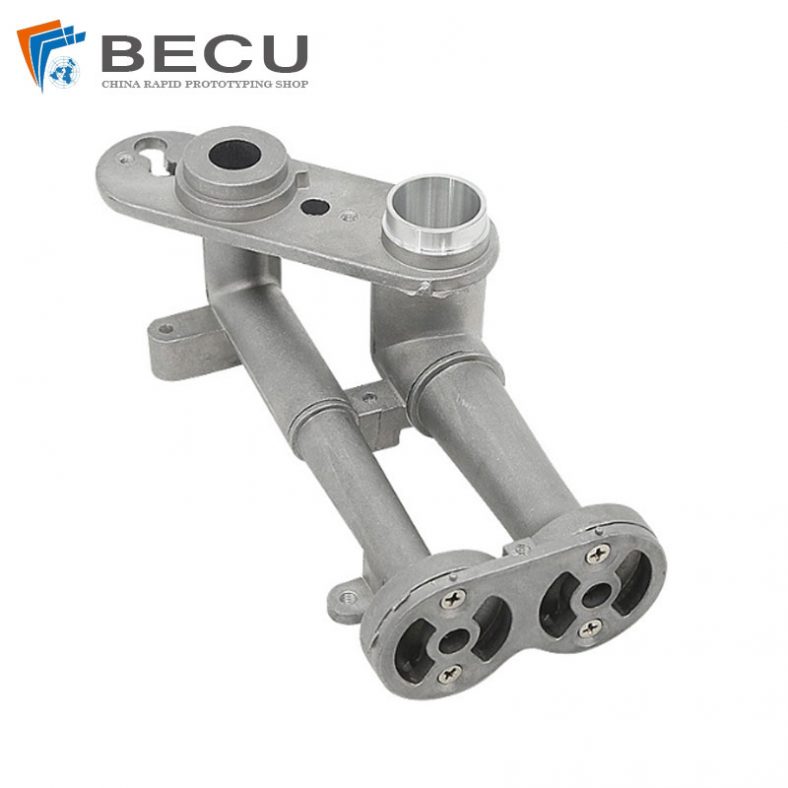
CNC Machining Gas Stove Bottom Joint
-

Gravity Die Casting Custom Street Light Heat Sink
-
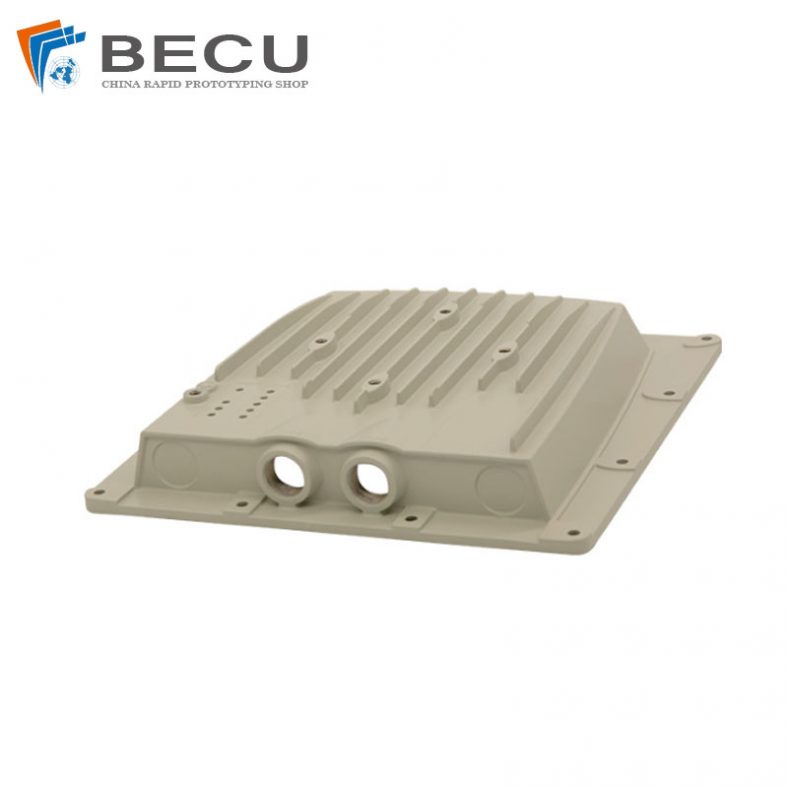
Die Casting LED Canopy Lights Heatsink For Gas Station
-
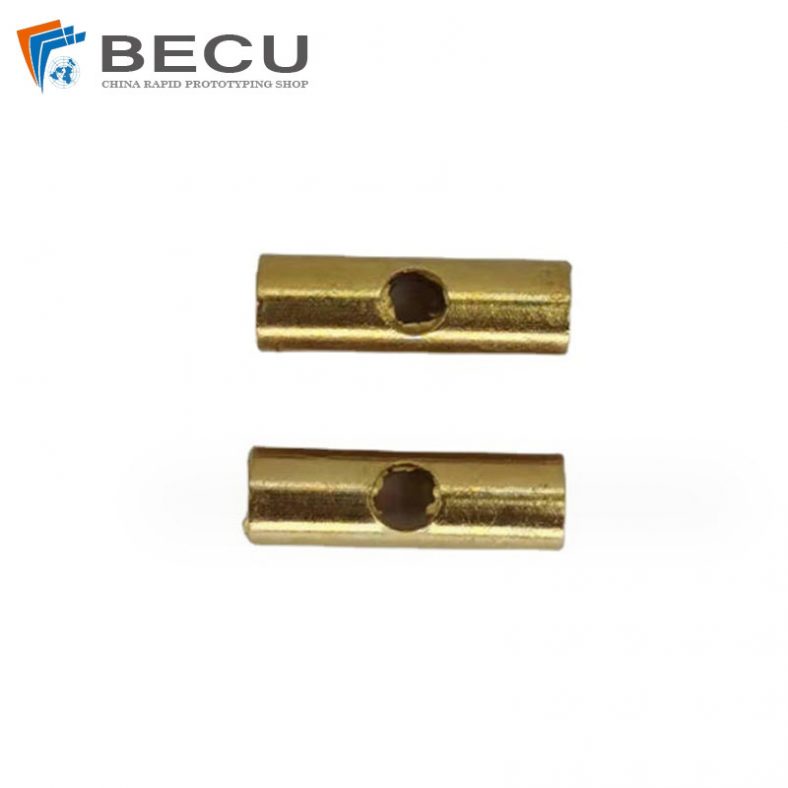
Zinc Die Casting PA10 Transformer Connector Terminal
-
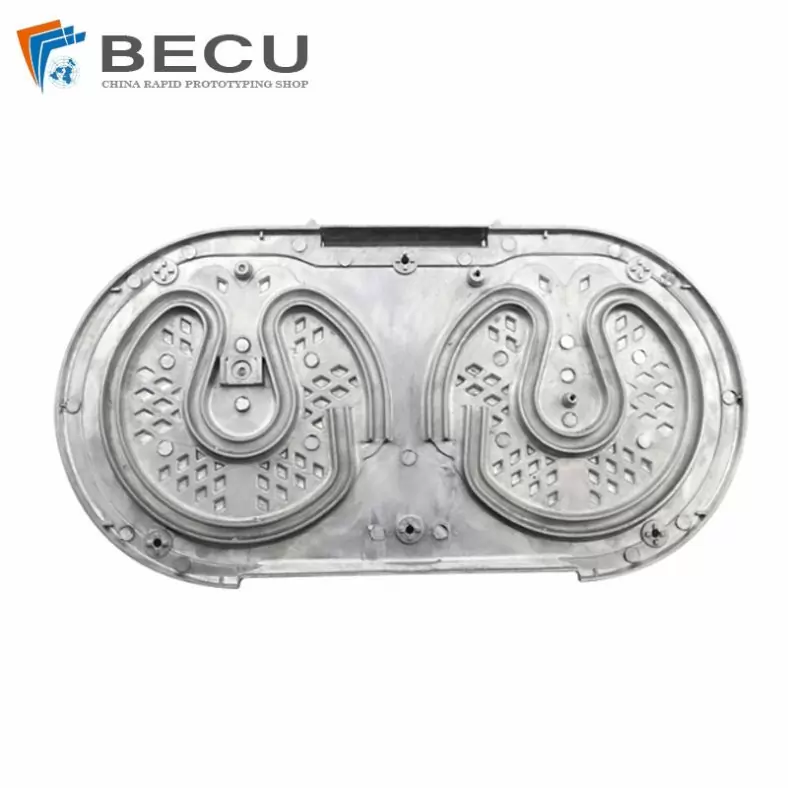
Die Casting Aluminium Cookware Chassis
-

Die Casting Wheels With Aluminum Alloy 5 Axis CNC Machining
-
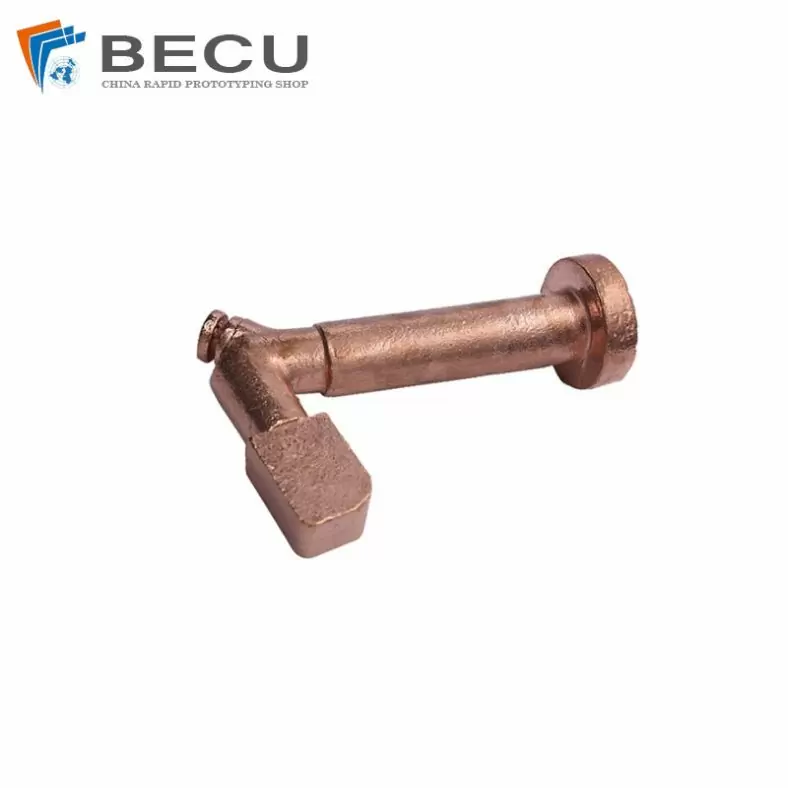
Precision Machined Copper Die Casting Parts
-
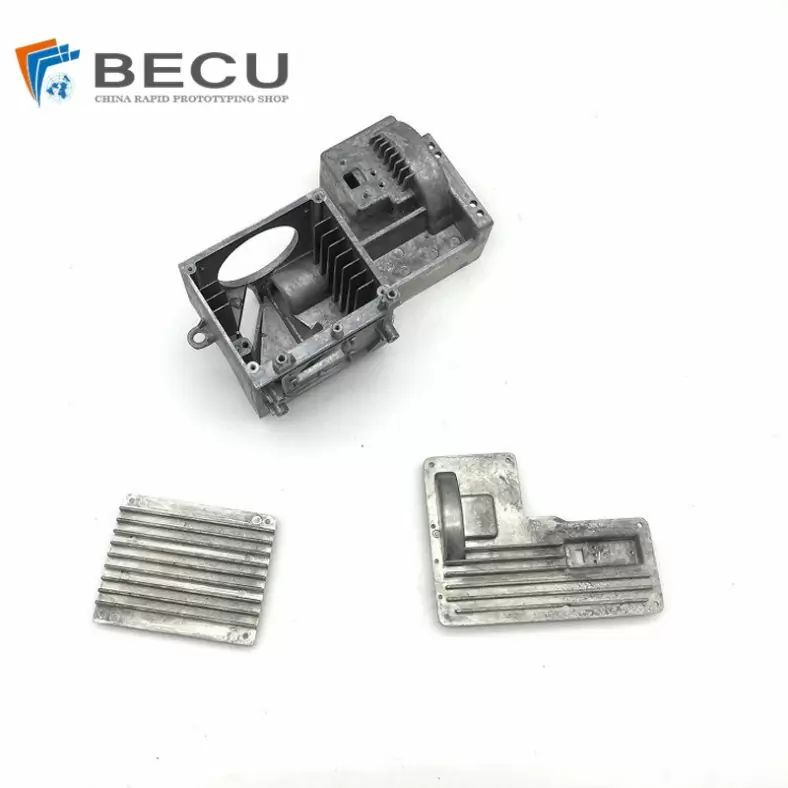
Professional Small Baler Aluminum Alloy Die-casting Mold Production
-
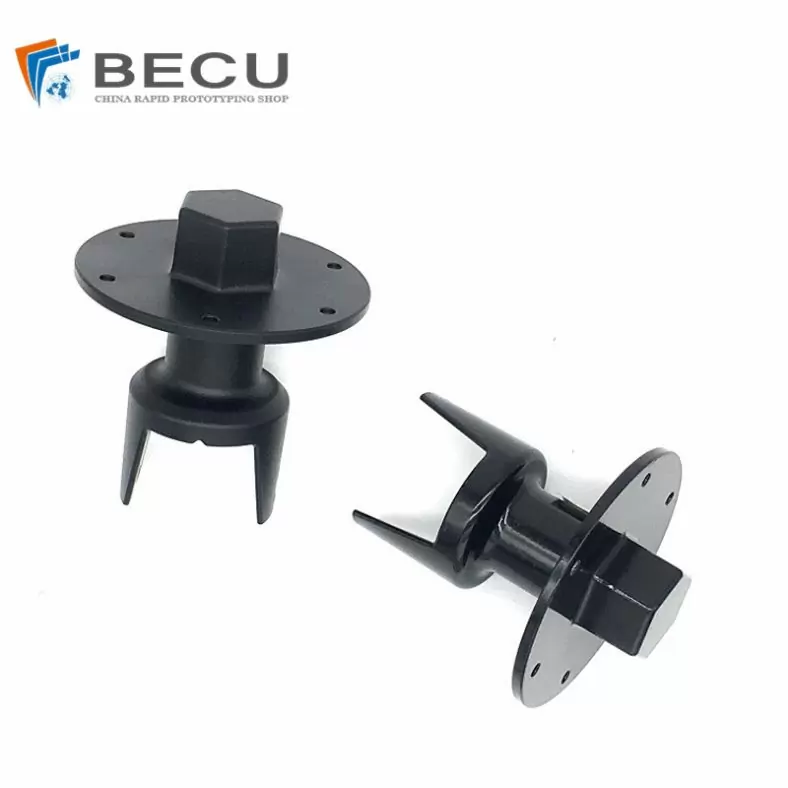
China Die Casting Factory Manufactures Surface Sprayed Aluminum Valve Body
-
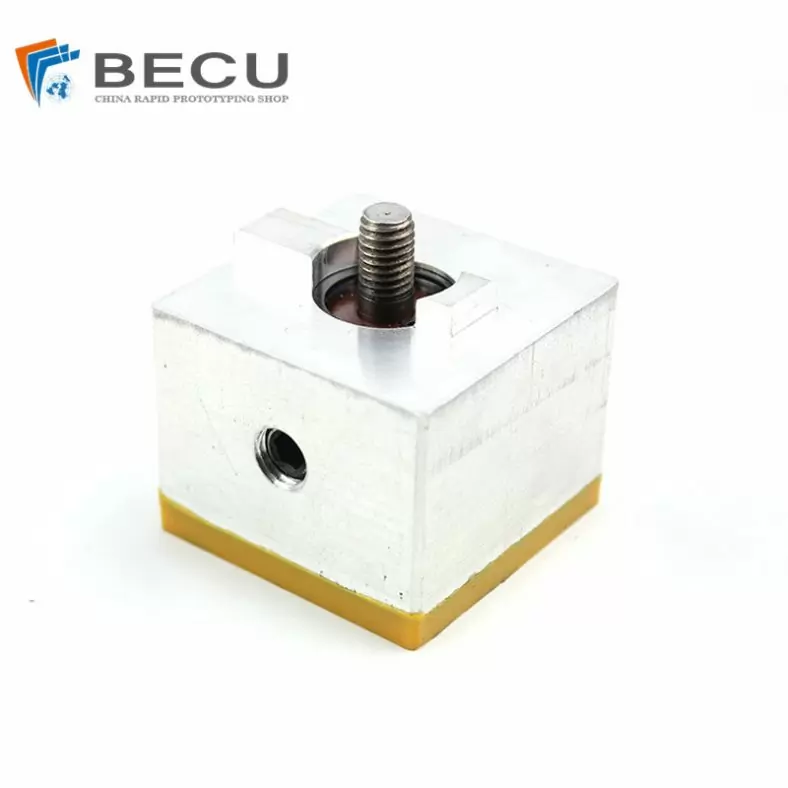
Extrusion Die-casting Polyurethane-Coated Aluminum Alloy Profiles
-

Custom Precision Aluminum Die Cast Brackets and Finishes
-
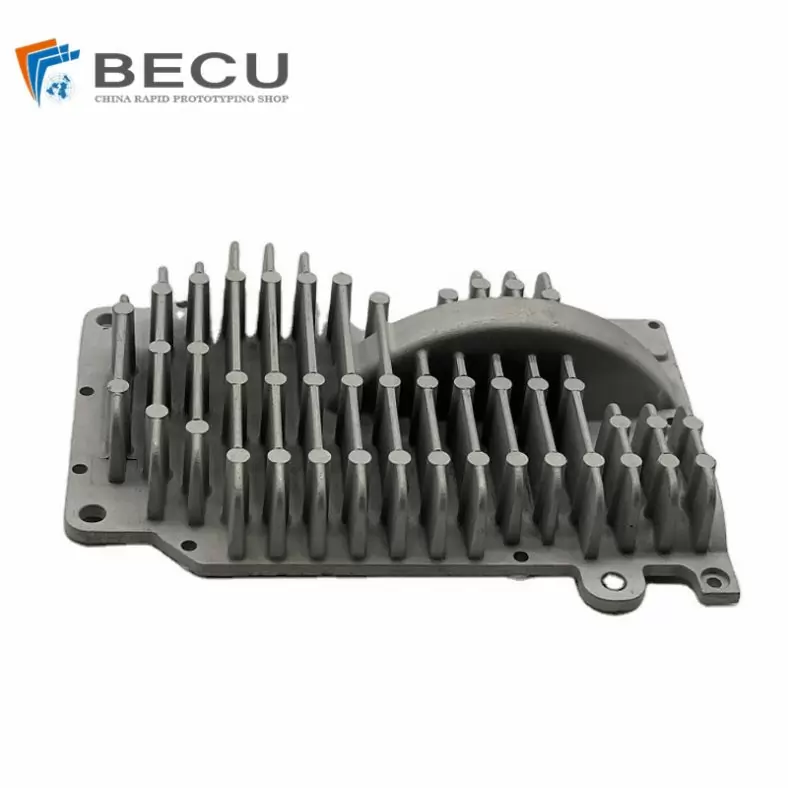
Extrusion Die-casting Magnesium Alloy Heat Sink Shell

